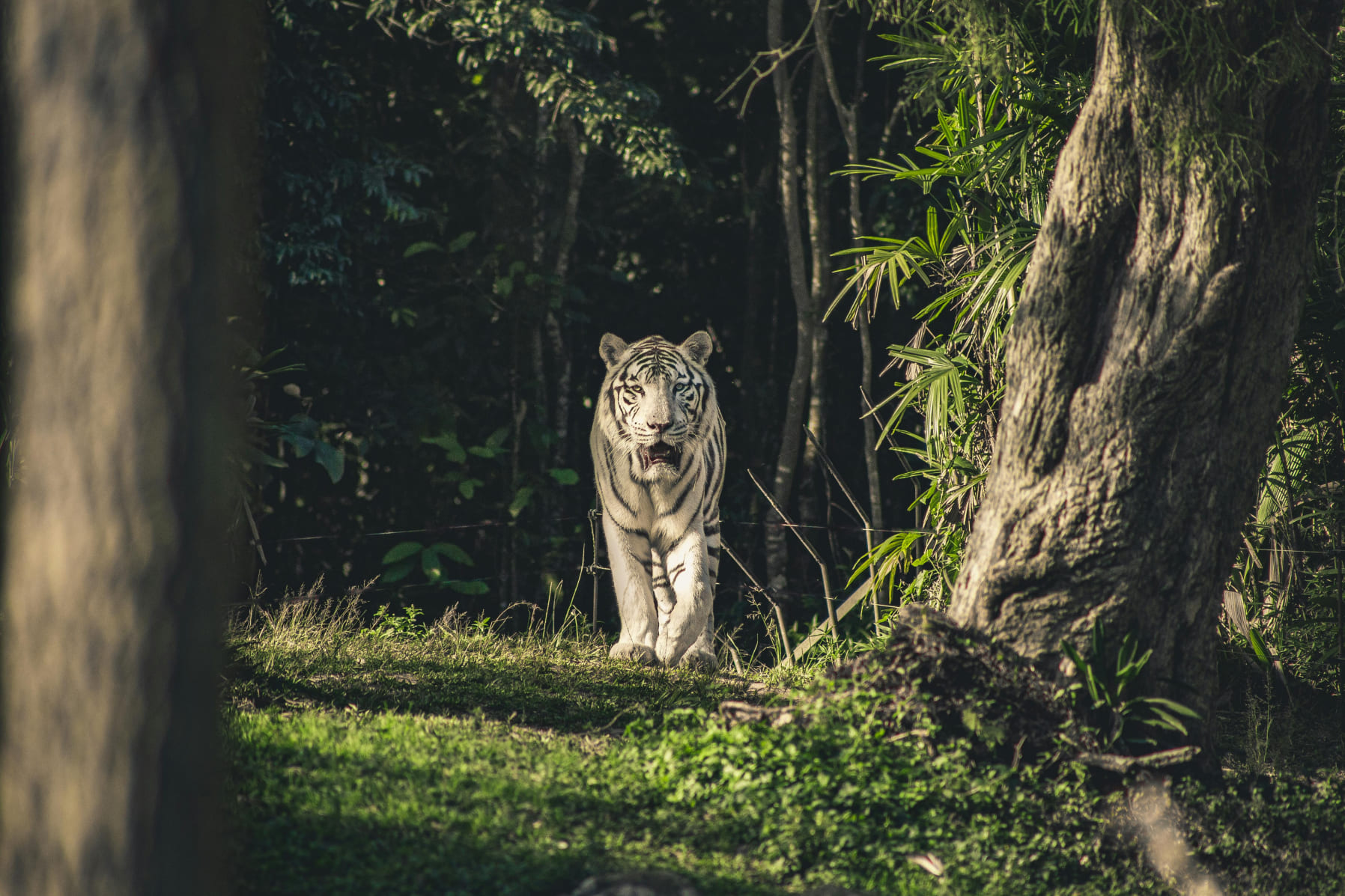The Role of Tigers in the Ecosystem
Tigers are apex predators, playing a pivotal role in maintaining the balance of their ecosystems. As top hunters, they help regulate the populations of various herbivores such as deer, wild boar, and buffalo. Without tigers, these prey species can proliferate unchecked, leading to overgrazing and the consequent degradation of vegetation. This imbalance affects the entire ecosystem, including the flora and fauna that depend on the same habitat.
For example, in India’s Sundarbans mangrove forest, tigers control the numbers of prey like wild boars and spotted deer, which in turn helps maintain the structure of the mangrove forest. This is crucial for the survival of many other species, including various bird species and smaller mammals that rely on the dense vegetation for shelter and food.
Tigers also impact the populations of other predators. By keeping the number of herbivores in check, tigers prevent smaller predators from experiencing food shortages. In this way, tigers help maintain a balanced food web. Additionally, tigers’ presence in the ecosystem influences the behavior of prey species, which can alter their grazing patterns and contribute to the health of the habitat.
The decline or absence of tigers can lead to a cascade of ecological changes. For instance, when tigers are removed from an ecosystem, the populations of their prey species can explode, leading to overconsumption of vegetation. This can result in erosion, loss of plant diversity, and the decline of other species that depend on the habitat. Thus, protecting tigers is not only about preserving a majestic species but also about safeguarding the entire ecological balance.

